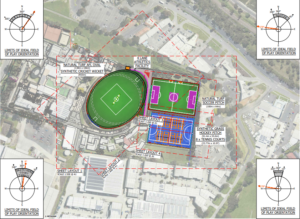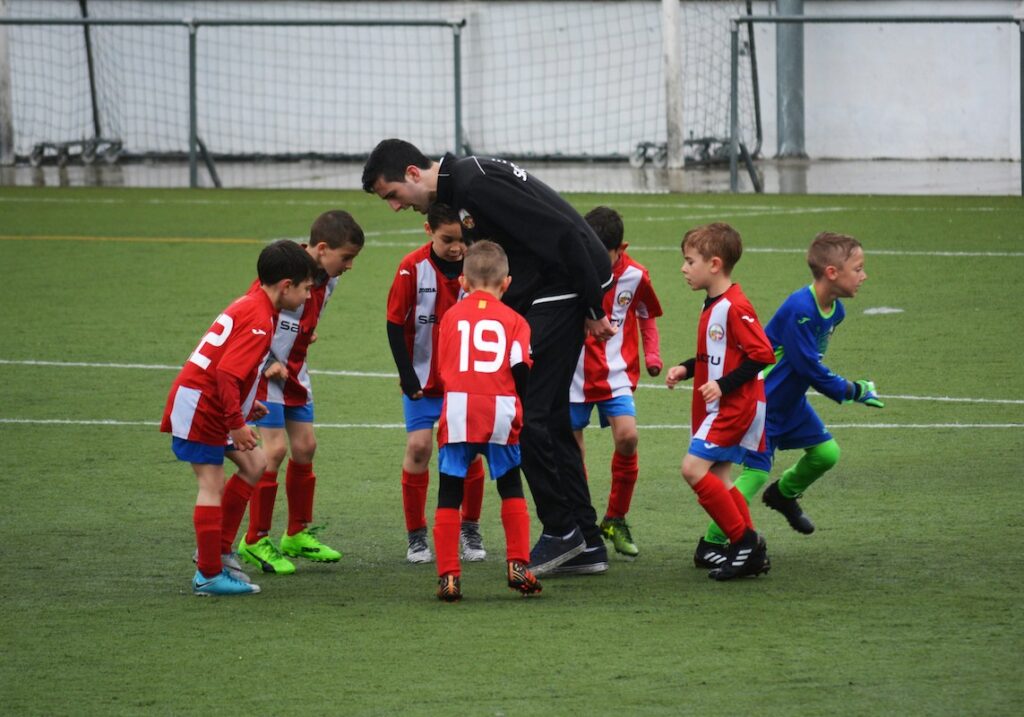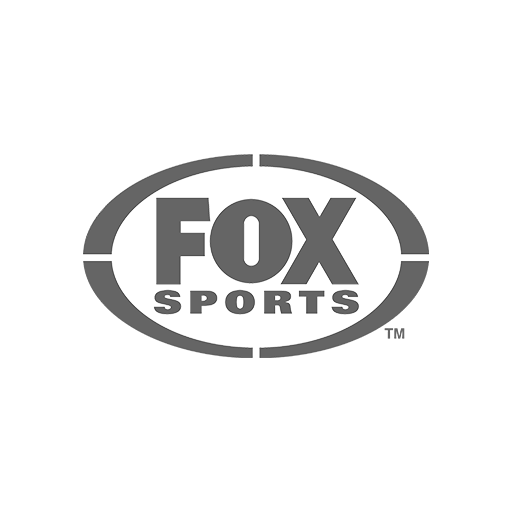The life of an architect or sporting facility designer is hard enough without having to know all the technical ins and outs of an electronic scoreboard. Here are some simple ground rules to help with the design and specification process. Follow these steps to ensure your client gets an outstanding design result.
Why is it Important to specify a scoreboard design?
Often a scoreboard is an after-thought in a major redevelopment or greenfield project. Although the scoreboard will be one of the final installation pieces and a relatively small cost within the overall project, it ultimately it has a significant impact on the perceived outcome of the project. If the scoreboard is fit for purpose, correctly sized and sited, it can go a long way to adding a ‘Wow’ factor to any project.
Designers who take into consideration the necessary scoreboard elements early enough in the process, will likely overcome later structural issues that prevent a great scoreboard installation. It almost certainly means the delivered cost of a scoreboard will be less.
Salient Scoreboard Specification Considerations
1. Siting the Scoreboard
It may seem obvious but consideration of where spectators will be viewing the scoreboard is paramount to a good result. A discussion with the client end users is ideal here as they are more likely to know exactly how and where the spectators congregate. Aim for the scoreboard to be sited within a 60 degree arc from the centre of that location on the opposite side of the field or court.
Outdoor Scoreboards
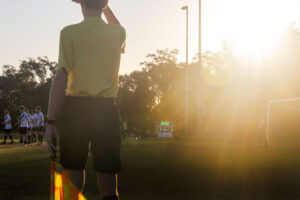
For outdoor scoreboards, field orientation also needs to be considered. New developments generally have fields running predominately North-South to minimise sun in the eyes of players, and grandstands or seating on the western side of the ground. A scoreboard sited on the eastern side of the ground will be impacted by late afternoon Winter sun. If possible, move the scoreboard as far north as possible while still maintaining spectator viewing within the 60 degree arc and then orientate the board slightly back towards the North-West.
Indoor Scoreboards
Indoor scoreboards, depending on the location, will need added mechanical protection. Positioning for least damage is still worth considering particularly if the board is a full LED style. In an ideal world you don’t want to obstruct a clear view of the board with cages or perspex covers. Consider whether a removable net curtain can be installed to allow for increased protection when required.
Fixing of a scoreboard can be an issue if not allowed for, particularly when architectural features limit the possible locations. For example if there are glass walls or specialised sheeting then allowance should be made in the design for pre-built fixings.
2. Power supply
Too often little to no consideration is given to the need to have electricity at the scoreboard! When this is finally considered it usually constrains the siting of the scoreboard to suit the proximity of electricity.
Make sure provision is made via conduits even if the scoreboard will not be installed for several years. This will deliver significant savings to your client, and you will still have positioned the scoreboard appropriately.
3. Data cabling
Modern scoreboards are not just places to show the game scores. They are capable of showing a wide range of media including movies, graphics, and live video feeds.
To maximise the end use possibilities of an electronic scoreboard, it is best to install data cabling to the scoreboard and back to a control location. This makes great sense if electricity supply has to be trenched or routed to the scoreboard location. The marginal additional cost of installing data cables at this time means it is the best use of client funds.
If the distance to the control location is less than 80-90 metres then Cat 5/6 data cable can be used. Greater distances require the use of optic fibre cable.
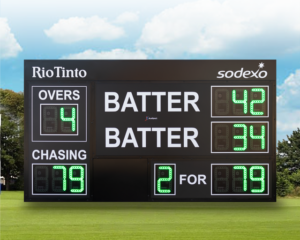
4. Scoreboard Brightness
When setting the specifications for the scoreboard then it is most important to consider brightness, as it has such an impact on visibility and a scoreboard’s ‘Wow’ factor. Australian daylight is brighter than many other countries, so it is crucial to specify high brightness to overcome this factor. This is particularly important if the scoreboard faces full or partial Western sun.
Generally, 10000nits (candelas/sq metre) is the required level; anything less than 7500nits will be compromised in strong sunlight.
Speak with a Scoreboard Expert
AusSport Scoreboards is an experienced Australian scoreboard designer manufacturer. We can provide expert advice on specifying an electronic scoreboard in your design and specification process to ensure the best and most cost-effective outcome for your client. Contact the AusSport team to learn more.
